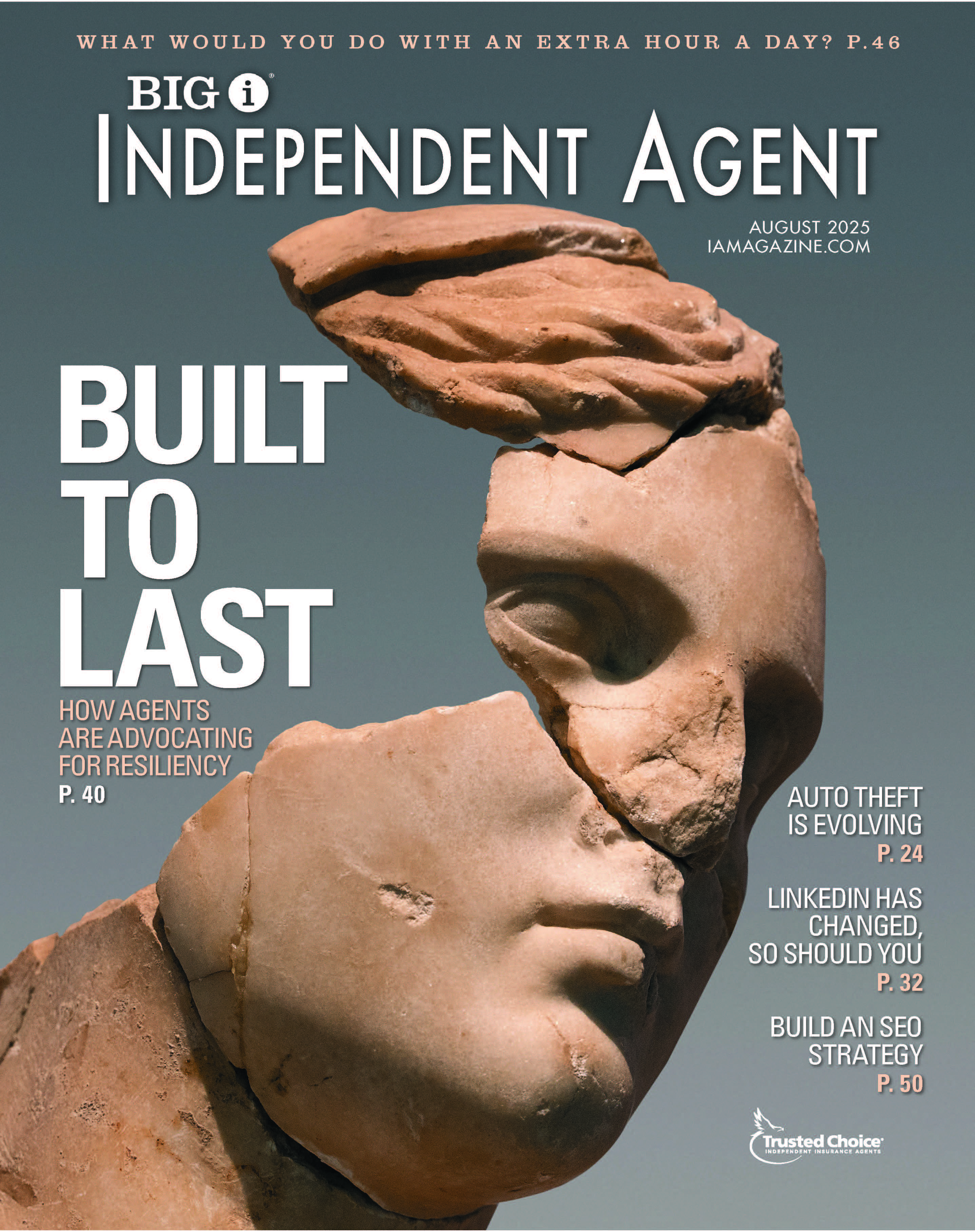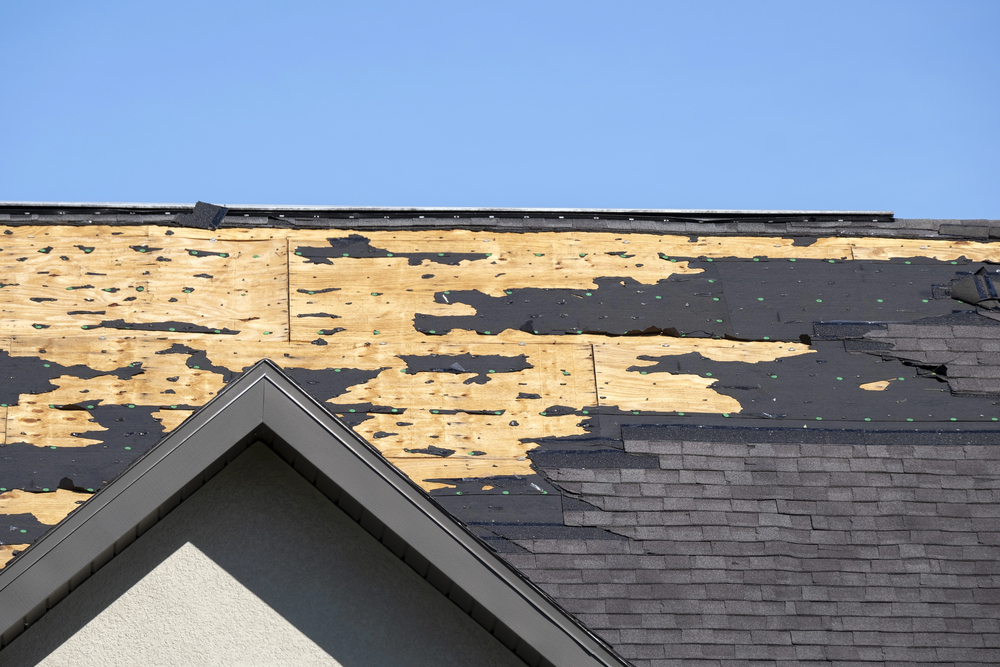How Key Factors Within the Commercial Liability Market Are Impacting Stability

The U.S. is the largest liability insurance market in the world, accounting for 45% of a global market that reached an estimated $310 billion in 2023, according to CoinLaw. That year, the U.S. liability insurance sector generated over $140 billion in premiums, with commercial general liability insurance making up 35% of the total.
After years of rising claim frequency and severity, the outlook for commercial lines insurance is rated as stable for 2025, according to AM Best, thanks to strong underwriting performance and improved investment returns. However, the outlook for the CGL segment is negative, according to AM Best, as claims losses and legal costs continue to rise.
“Over the past few years, we’ve observed significant rate increases in CGL, largely driven by a rise in litigation and nuclear verdicts,” says Chris Boyers, senior vice president, sales and marketing, The Liberty Company. “In 2023 alone, there were 27 court cases that each awarded over $100 million. Additionally, the median nuclear verdict has soared from around $20 million in 2020 to over $40 million in 2023.”

Agent Toolkit: Combat Legal System Abuse
For example, a Texas jury recently delivered a verdict of $4 million in damages to be paid to a couple who were injured when a plate glass window shattered into their booth while they were dining at a restaurant.
Consumer litigation activity continues to impact the market adversely, with “third-party funding jumping to the forefront, driving additional litigation costs, higher settlements and, ultimately, higher premiums,” says Mike Brassil, vice president of small commercial, Nationwide. “We are seeing a common trend, particularly on our larger risks within small commercial, where customers are frequently asking for $2 million primary limits.”
In an effort to counteract these claims, both agents and carriers have a key role to play in “educating the community in Washington, D.C., as well as consumers, about litigation funding, because this is not a zero-sum game,” says Tom Fitzgerald, president of retail, World Insurance Associates. “The challenge is that as these large awards come through, prices for insurance go up and carriers become unprofitable.”
However, there may be light at the end of this expensive tunnel. “We are starting to see more litigation reforms make their way through state legislatures in states such as Florida and Georgia,” Brassil says.
Despite the hurdles, the liability market is showing signs of stabilization as capacity remains and rate increases are trending lower. “We see price rate trends of around 5% to 7%, down from prior years,” Fitzgerald says. “But, as we move into the excess liability market, we’re in a very hard market relative to capacity.”
More on Commercial Liability
“While capacity is not limited in terms of the totality of what’s available, carriers are much more regimented about putting out big limits,” he says. “Five years ago, it wouldn’t be uncommon to find a myriad of carriers willing to put up $25 million excess of primary—this is the exception today.”
For agents, this creates challenges as they experience a risk-by-risk capacity constraint as opposed to market constraint. “Clients are experiencing significant increases in insurance costs because, as a carrier reduces their capacity from $25 million to $10 million, it causes the agent to have to go into the market and place a $15 million excess of $10 million, which then gets priced off the primary $10 million,” Fitzgerald says. “You can still build hundreds of millions of dollars with the limits in today’s market, but it would require an agent to work with many more carriers.”
While rates within the market are continuing to stabilize, some volatility remains in a number of segments. “We are continuing to see some pressure in our casualty business across both small and middle markets, attributed to prior-year development, continued third-party litigation funding and large verdict returns,” Brassil says. “As a result, we expect a continued rate-taking environment.”
Olivia Overman is IA content editor.











